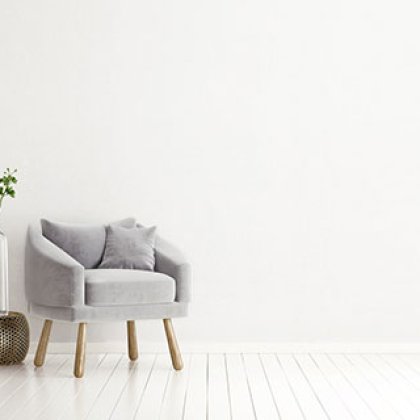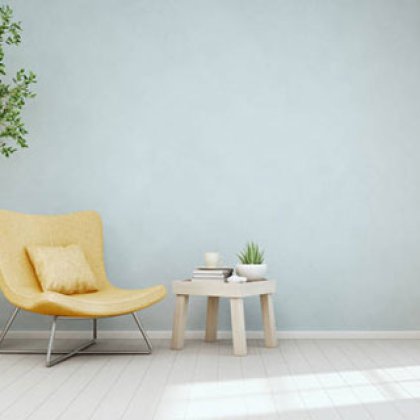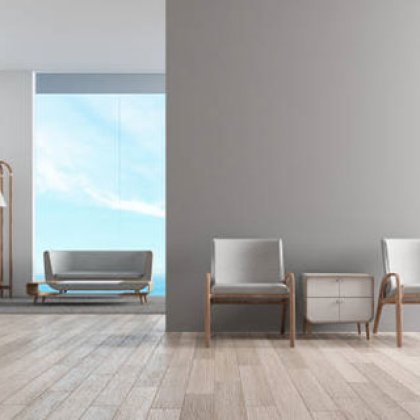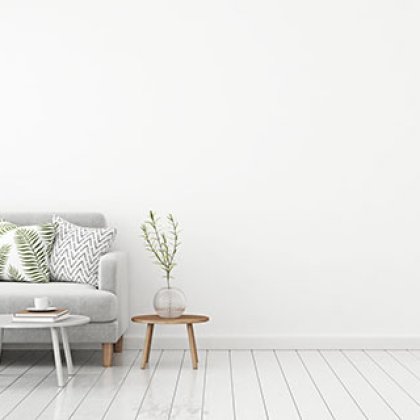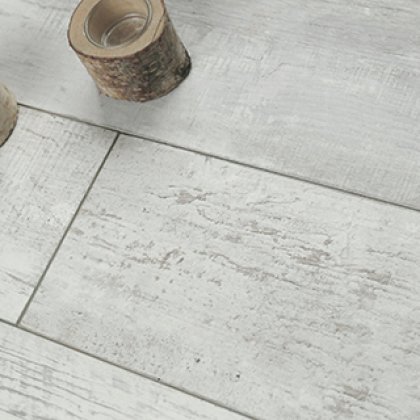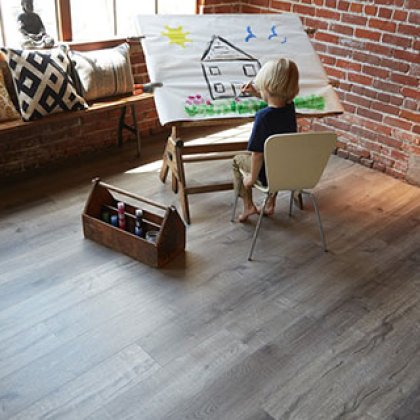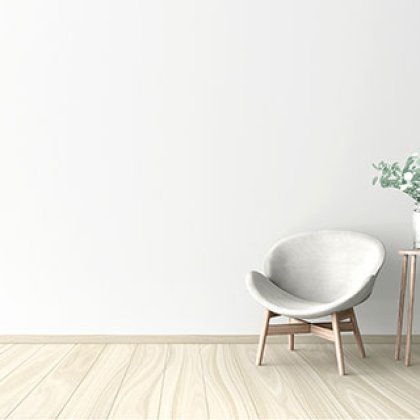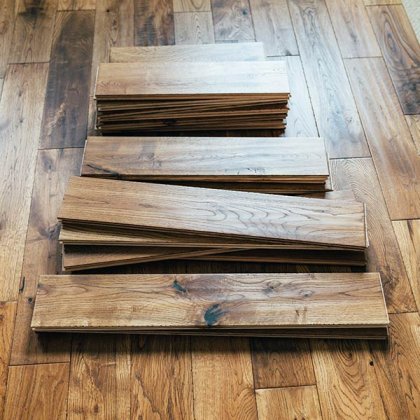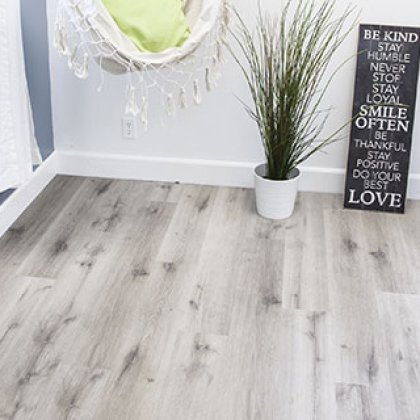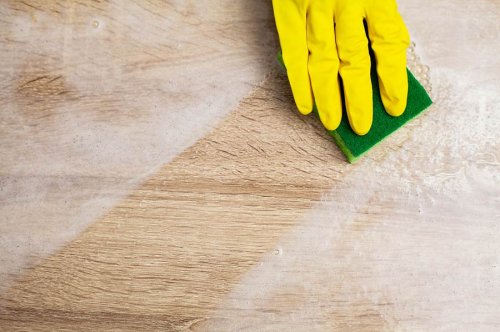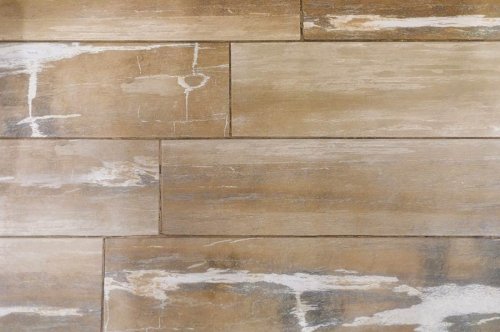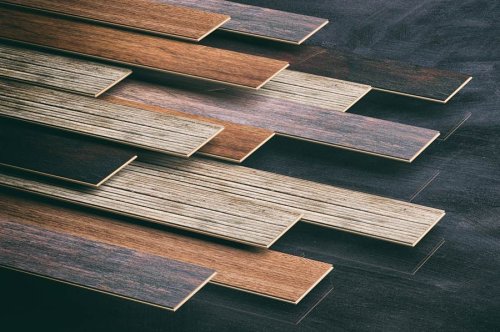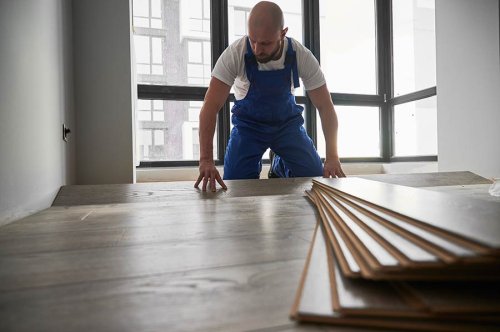Laminate Flooring: 15 Pros and Cons You Need to Know

Why settle for the ordinary when your floors can echo your style? Laminate flooring is a game-changer in home decor, blending durability with aesthetic appeal. But like any choice, it comes with its share of ups and downs. From its cost-effectiveness and variety of designs to considerations about wear and durability, understanding the laminate flooring pros and cons is crucial. This guide dives deep into what makes laminate flooring a popular choice and what might make you think twice, ensuring you make an informed decision for your space.
Key Takeaways
- Laminate flooring is a good pick for those wanting a wood look without the high cost. It's tough and works in many rooms.
- It has lots of styles, making it easy to find the right look for your home.
- But, it can get damaged by water and isn't as valued as real wood in homes.
- It's cheaper than hardwood and easy to put in, which saves money.
- Not all rooms are good for laminate. It's best in living rooms or bedrooms, not so much in bathrooms or laundry rooms due to water risk.
- Before choosing, think about your room's needs, your budget, and if you like how laminate looks.
Understanding Laminate Flooring
Synthetic Product
Laminate flooring is a man-made item. It's not real wood or stone. But, it looks a lot like them. This flooring is popular in homes.
It's made of several layers stuck together. Each layer has its job. They make the floor strong and pretty.
Layers Explained
Wear Layer
The top layer protects the floor. It keeps it safe from scratches and stains. This makes the floor last longer.
Design Layer
Right under the top is the design layer. It has a photo of wood or stone. This is why laminate can look so much like real materials.
Core Layer
In the middle, there's the core layer. It's thick and made of fiberboard. This part gives the floor its strength.
Back Layer
The bottom layer touches the ground. It stops moisture from getting in. This keeps the floor from warping.
Laminate floors are good because they're tough and look nice. They can make a room look warm and inviting without costing too much.
But, they can't get wet too much. Water can damage them over time. And, they can't be fixed like real wood can.
Key Advantages
Durability
Laminate floors are tough. They can handle a lot of foot traffic. This makes them perfect for busy homes. Laminate doesn't scratch easily either. Kids and pets won't harm it much.
Easy Installation
They snap together with a click-lock design. This means you can install them fast. You don't need glue or nails. Many people do it themselves over a weekend.
Affordability
Laminate flooring costs less than hardwood. Yet, it can look just like wood. This makes it a budget-friendly choice for many families.
Main Disadvantages
Water Damage
Laminate flooring does not like water. It can get damaged if water sits on it for too long. This makes it a poor choice for areas that get wet often, like bathrooms.
When water seeps into laminate floors, it can cause swelling and warping. Once this happens, the only fix is often to replace the damaged pieces.
Refinishing Limits
Unlike hardwood, you can't sand and refinish laminate flooring. This means if it gets scratched or worn, your options are limited.
You might be able to replace sections, but matching them with the rest of the floor can be hard. This can lead to more expense and effort than initially planned.
Noise Concerns
Laminate floors can be noisy without proper underlayment. They can produce a hollow sound when walked on.
This noise issue is important to consider, especially in busy homes or upper-floor rooms. Underlayment can help, but it's an extra cost to think about.
Cost Considerations
Initial Expense
Laminate flooring stands out for its cost-effectiveness compared to other materials. It offers the look of hardwood without the high price tag. This makes it a go-to choice for budget-conscious homeowners.
People find laminate attractive because it costs less upfront. It's cheaper than real wood, tile, or stone. This means you can have a stylish floor without spending too much money.
Installation Savings
Another advantage is the savings on installation. Laminate floors are designed for easy installation. Many people choose to install them on their own, saving money on professional services.
The DIY-friendly nature of laminate flooring cuts down on labor costs. Since you can often install it yourself, you save more than just a few dollars. This aspect makes laminate even more appealing to those on a tight budget.
Maintenance Costs
Over time, laminate floors prove to be cost-effective in terms of maintenance as well. They require less care than hardwood floors and do not need expensive cleaning products or procedures.
Laminate is durable and resistant to stains and scratches. This means you won't spend much on upkeep or repairs. Long-term, it remains a low-cost option.
Room Suitability Guide
Living Rooms
Laminate flooring shines in living rooms. It's durable and withstands daily use. Families find it easy to clean, making it a top choice.
Laminate's variety of styles enhances any decor. It's cost-effective, linking back to the previous section on budgets.
Bedrooms
In bedrooms, laminate offers comfort and warmth. Its soft underfoot feature is a bonus.
It's less noisy than other hard floors. This makes it ideal for restful environments.
Kitchens
Kitchens can benefit from laminate with caution. Spills need quick cleaning to avoid damage.
Choose water-resistant options for kitchen use. They offer better protection against moisture.
Bathrooms
Avoid laminate in bathrooms. Moisture and humidity can cause warping and swelling.
Tiles are a better choice for these areas. They handle water well.
Basements
Basements often have moisture issues. Laminate is not suitable here.
Consider vinyl or engineered wood instead. They cope better with basement conditions.
Closing Thoughts
Laminate flooring offers a balance of style and practicality that suits many homes. You've seen its benefits, like durability and ease of installation, and weighed them against the downsides, such as moisture sensitivity. It's clear laminate can be a smart choice for specific rooms, considering your budget and needs. Your decision hinges on matching those pros and cons to your lifestyle. If you're eyeing an upgrade or a fresh look, think laminate. It might just be the flooring solution you're after.
Before jumping in, remember to consider each room's demands and your budget. Laminate flooring could be your go-to for a chic, yet budget-friendly home makeover. Ready to transform your space? Dive into the world of laminate flooring and see how it can elevate your home's style and functionality.
Frequently Asked Questions
What is laminate flooring?
Laminate flooring is a synthetic flooring product made in layers to simulate wood (or sometimes stone) with a photographic applique layer under a clear protective layer.
What are the key advantages of laminate flooring?
The key advantages include durability, easy installation, low maintenance, and affordability. It's also versatile in design, mimicking various natural materials.
What are the main disadvantages of laminate flooring?
Main disadvantages are susceptibility to moisture damage, inability to refinish, and it can feel hard and cold underfoot. Some people also find it less aesthetically pleasing than real wood.
How does the cost of laminate flooring compare to other options?
Laminate flooring is generally more affordable than hardwood but might be on par or slightly more expensive than vinyl or carpet, depending on the quality.
Is laminate flooring suitable for all rooms?
Laminate is suitable for most areas but not recommended for rooms with high moisture levels, like bathrooms, without proper waterproofing measures.
Can laminate flooring improve home value?
While not as valued as hardwood, high-quality laminate can still enhance the appeal and potentially the value of a home, especially if well-maintained.
How long does laminate flooring last?
With proper care, laminate flooring can last between 15 to 25 years. Durability varies based on the quality of the product and the amount of foot traffic.

